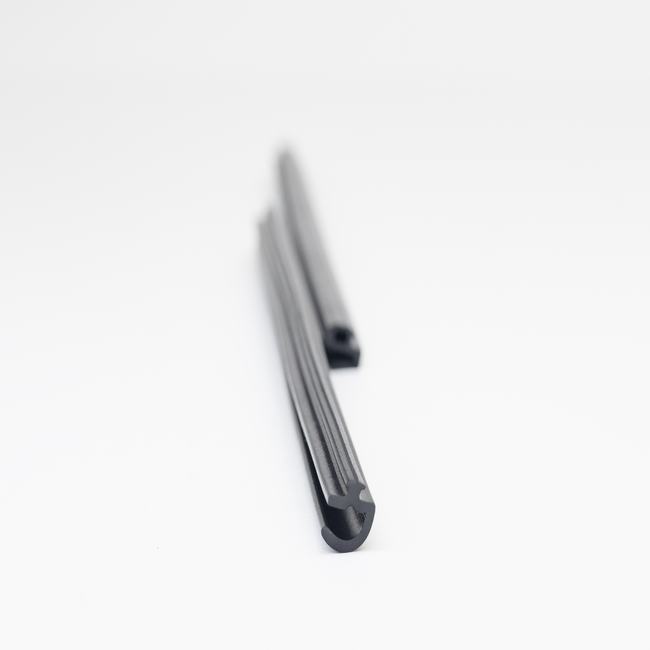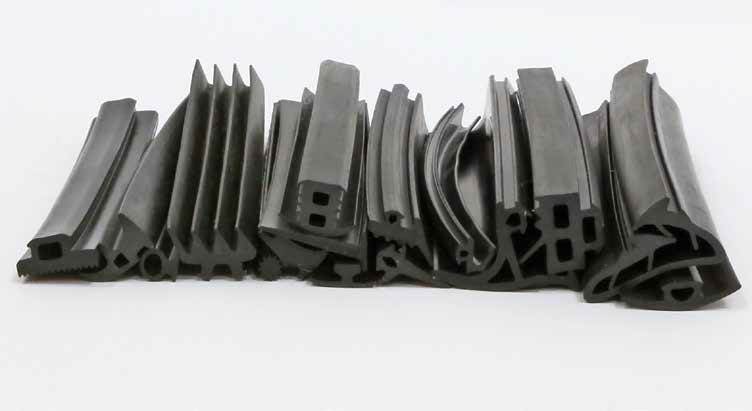Dilatation seals, also known as expansion joints or expansion seals, are crucial components in engineering and construction that serve the purpose of accommodating the relative movement between two adjacent structures, components, or materials due to various factors, such as temperature fluctuations, seismic activity, settling, and other environmental conditions. These seals are designed to prevent the transfer of stress, vibration, and damage that can occur when structures or materials expand or contract.
A dilatation seal typically consists of various components, each playing a vital role in its overall functionality. These components may include:
- Metallic or Non-Metallic Bellows: The heart of a dilatation seal is often a bellows, which is a flexible, corrugated element that can expand and contract. Bellows can be made from materials such as stainless steel, rubber, or composite materials, depending on the specific application and the requirements for resistance to temperature, pressure, or chemicals.
- Flanges or End Connectors: These are the components that connect the dilatation seal to the structures or equipment being joined. They provide a secure and leak-tight connection, ensuring that the seal remains in place while accommodating movement.
- Tie Rods: In some expansion joint designs, tie rods or control rods are used to control the movement of the bellows and ensure it extends or compresses within specified limits. This can be especially important for managing the range of movement in high-stress applications.
- Protective Covers: In some cases, dilatation seals may be equipped with covers or shields to protect the bellows from environmental elements, such as dust, chemicals, or physical damage. These protective elements can extend the longevity of the seal.
Dilatation seals are used in a wide range of industries and applications, including:
- Building Construction: In construction, dilatation seals are used to bridge the gaps between different sections of a building, like floors or walls, allowing them to expand and contract without causing structural damage. They are crucial in preventing cracks and maintaining the integrity of the building.
- Piping Systems: In industrial settings, dilatation seals are employed in piping systems to absorb the thermal expansion and contraction of pipes due to variations in temperature. This helps prevent pipe stress and potential leakage.
- Bridges and Infrastructure: Expansion joints in bridges and other infrastructure elements accommodate the movement caused by temperature changes and traffic loads. They ensure the structural integrity of these critical assets.
- Power Plants: Dilatation seals are used in power plants to manage the expansion and contraction of equipment like boilers, turbines, and exhaust systems. This prevents damage and leakage in high-temperature and high-pressure environments.
- Transportation: In railways and roadways, expansion joints in tracks and bridges allow for the flexing and movement of structures and tracks, ensuring a smooth and safe travel experience.
- Aerospace: In aerospace applications, expansion joints are used in rocket propulsion systems and aircraft to handle the extreme temperature fluctuations and dynamic forces during launch and flight.
- Marine Industry: Expansion joints are used in shipbuilding to address the movement of different sections of a vessel and the stress caused by the dynamic conditions of the open sea.
In summary, dilatation seals are critical engineering components designed to manage the movement and stress that occurs in various structures and systems. They come in various designs and materials to suit different applications, ensuring the integrity, safety, and longevity of the structures or equipment they protect.





